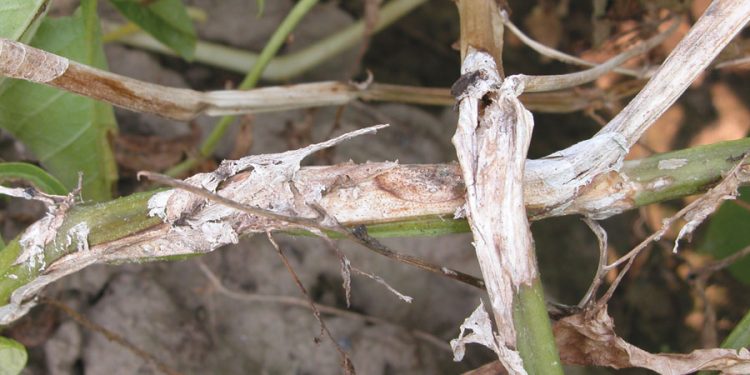White mold, caused by the fungus Sclerotinia sclerotiorum, is a widespread and devastating disease that affects more than 400 plant species worldwide, including soybeans, canola, and sunflowers. This article will explore the latest data on the disease’s prevalence, development, and consequences, and offer practical tips on how farmers, agronomists, agricultural engineers, and farm owners can optimize their prevention and management strategies.
White mold is a serious threat to global agriculture. According to recent studies, the disease can cause yield losses of up to 50% in susceptible crops, such as soybeans. Moreover, the pathogen can survive in the soil for several years, making it particularly challenging to manage.
To fight white mold, a combination of preventive and curative measures is necessary. Crop rotation, reduced tillage, and sanitation practices can help prevent the spread of the disease, while fungicides, biological control agents, and resistant cultivars can provide effective management options.
Recent research has also shown promising results in using precision farming technologies, such as remote sensing and machine learning, to aid in early disease detection and accurate decision-making. Furthermore, the use of cultural practices, such as timely irrigation and canopy management, can also reduce the disease’s impact on crops.
In conclusion, white mold is a significant threat to crop production, but with the latest data, science, and technology, farmers and agriculture professionals have a range of effective options to prevent and manage the disease. By adopting an integrated and sustainable approach, we can protect our crops, maximize our yield, and ensure food security for the future.
#White mold #Sclerotinia sclerotiorum #fungal disease #crop production #prevention #management #precision farming #sustainability








